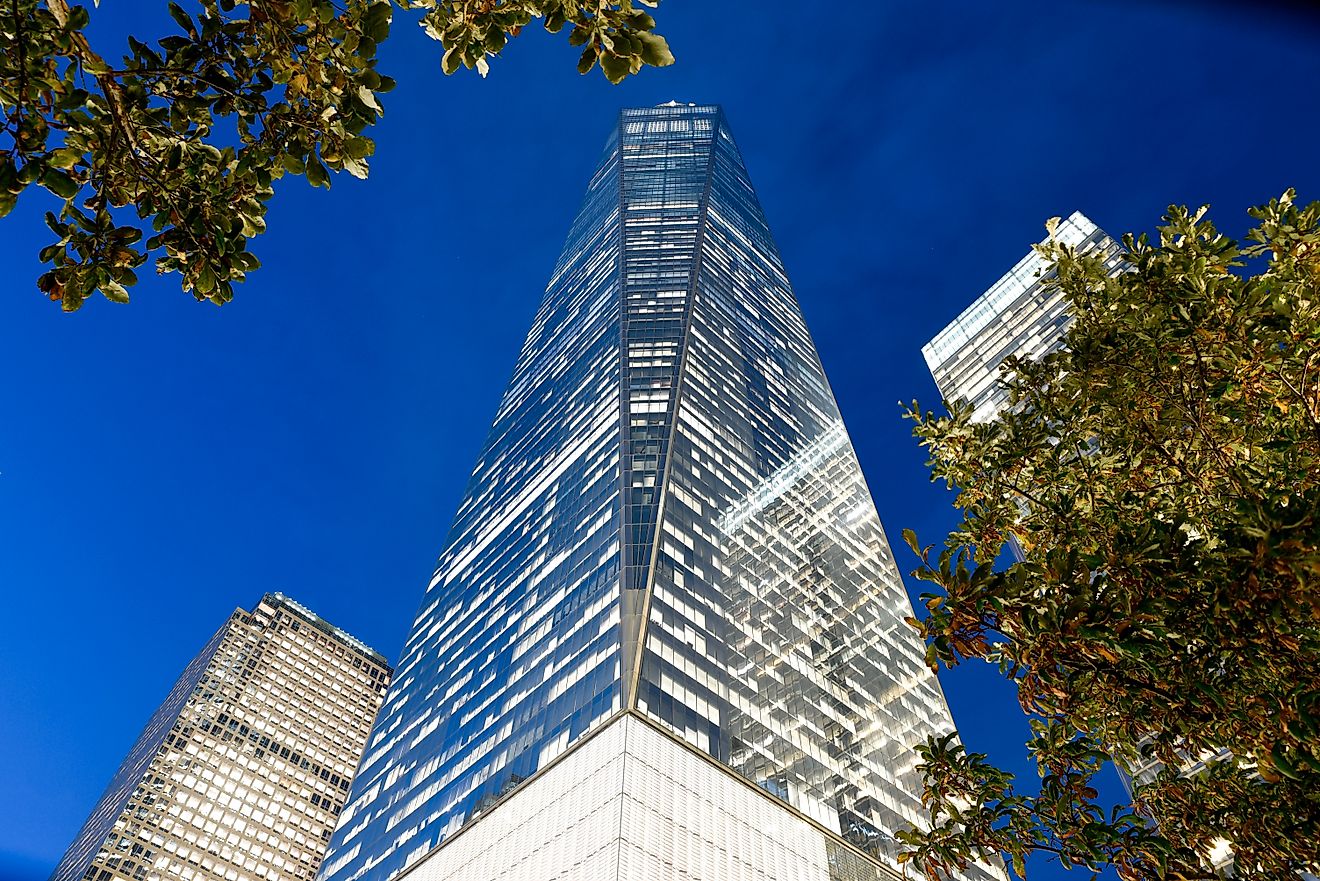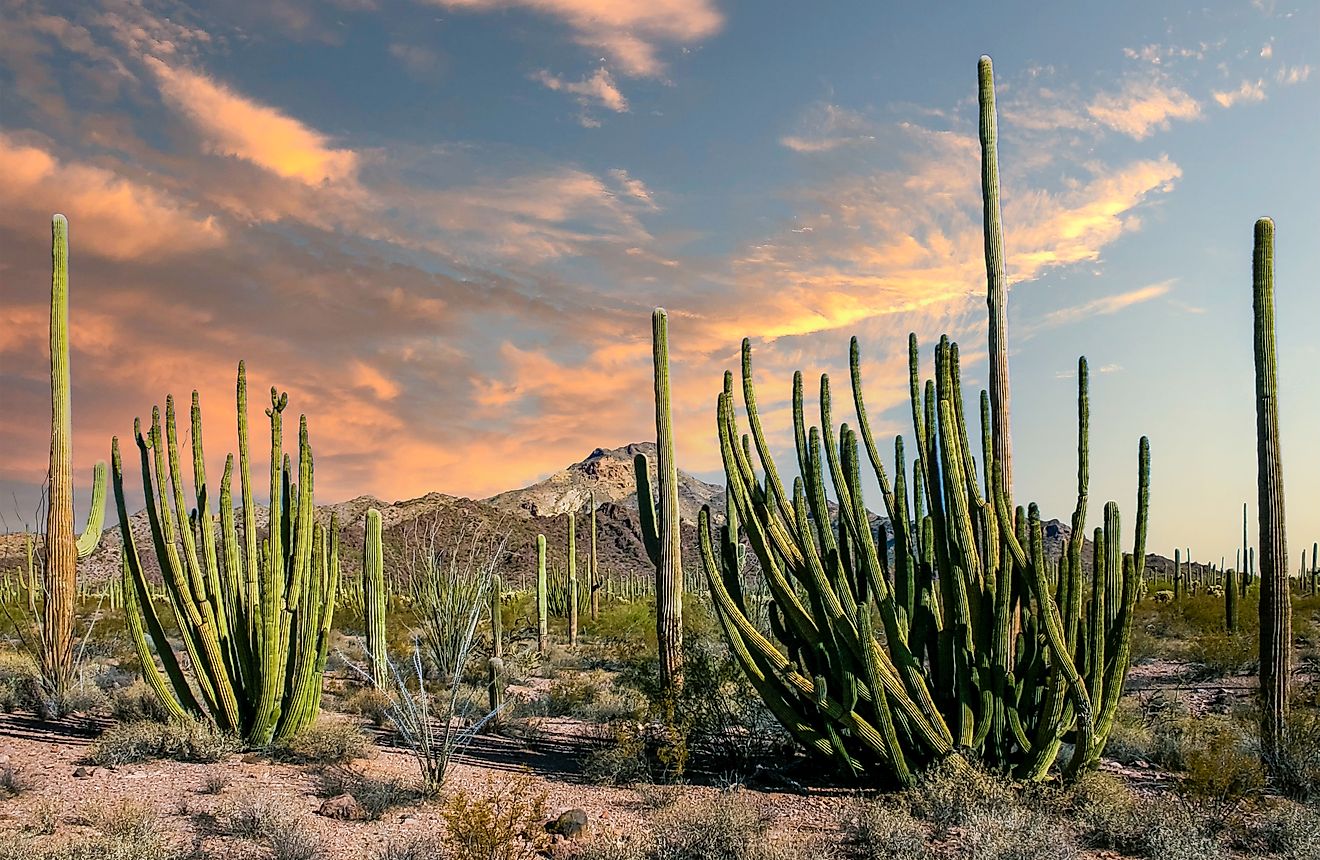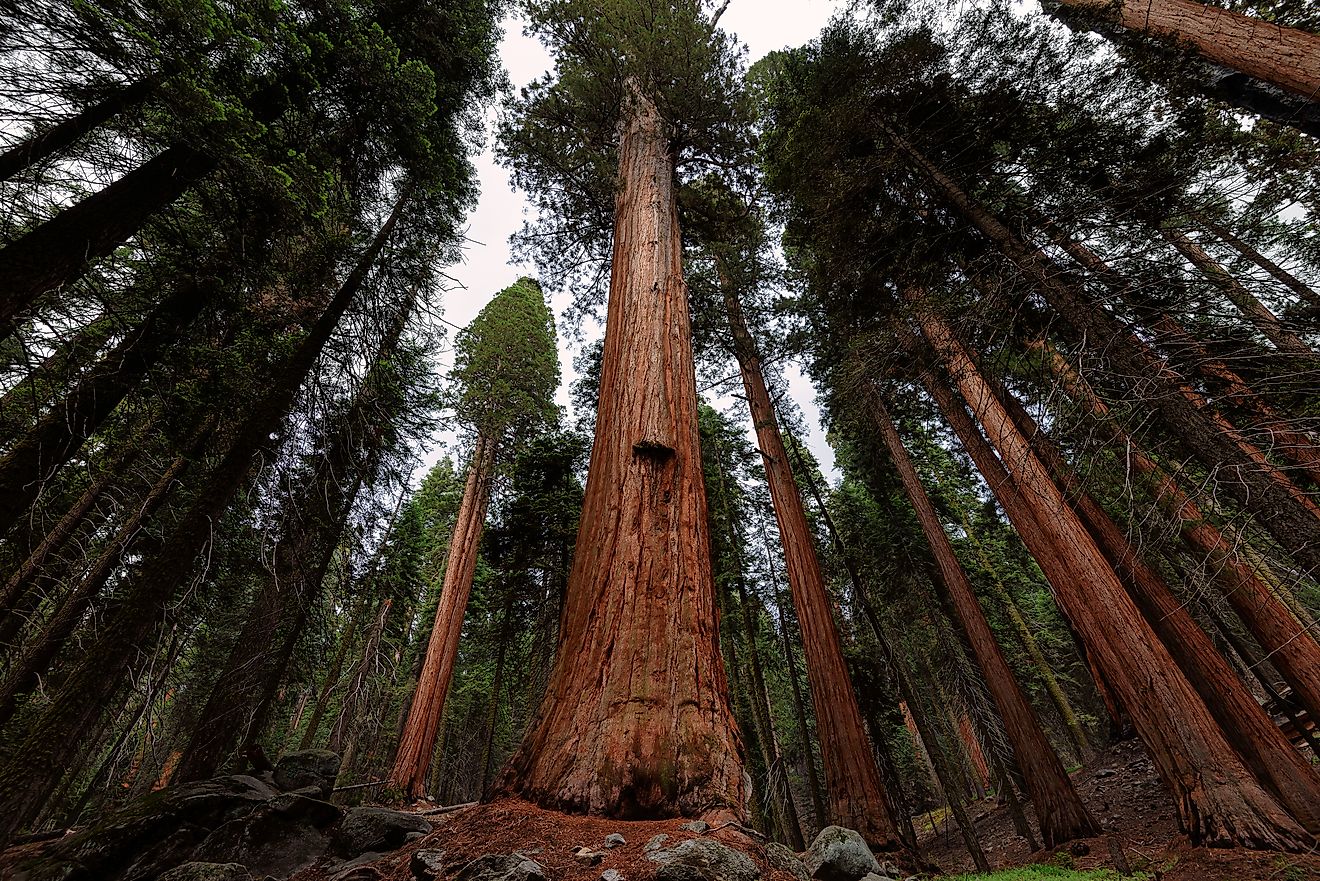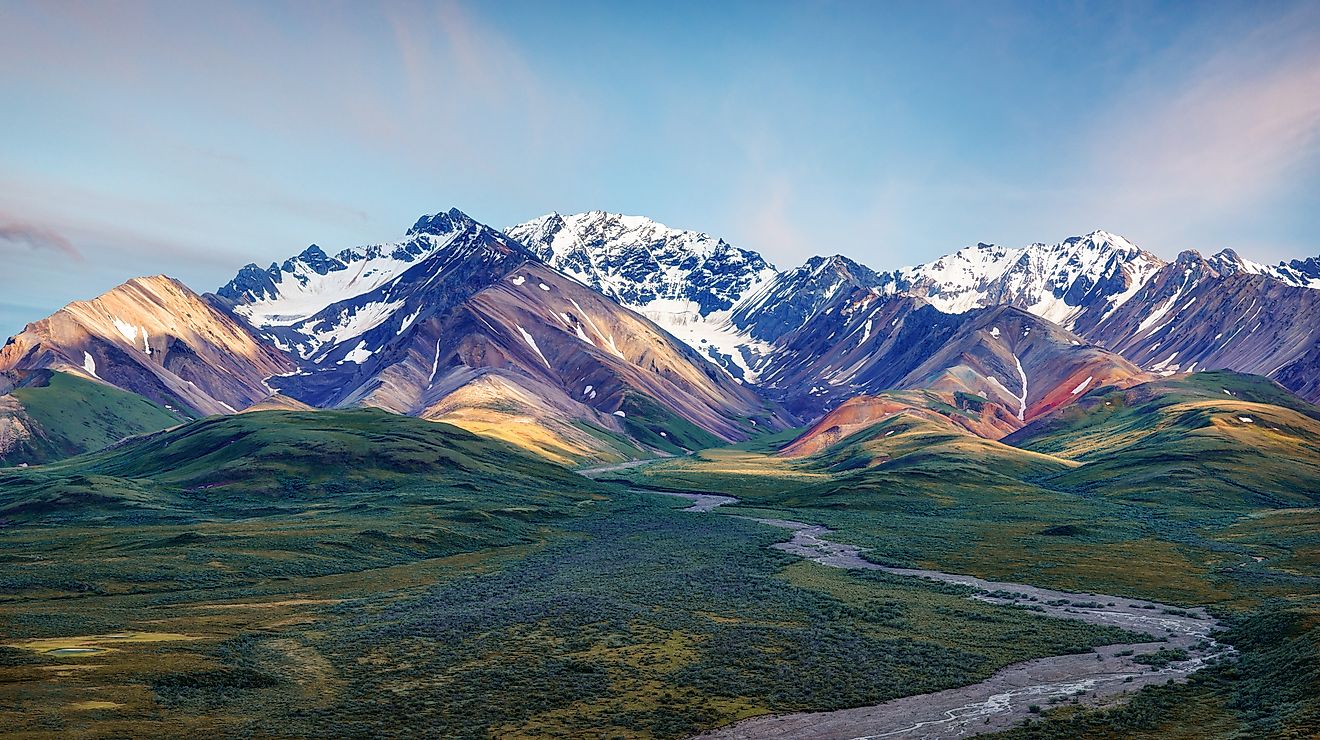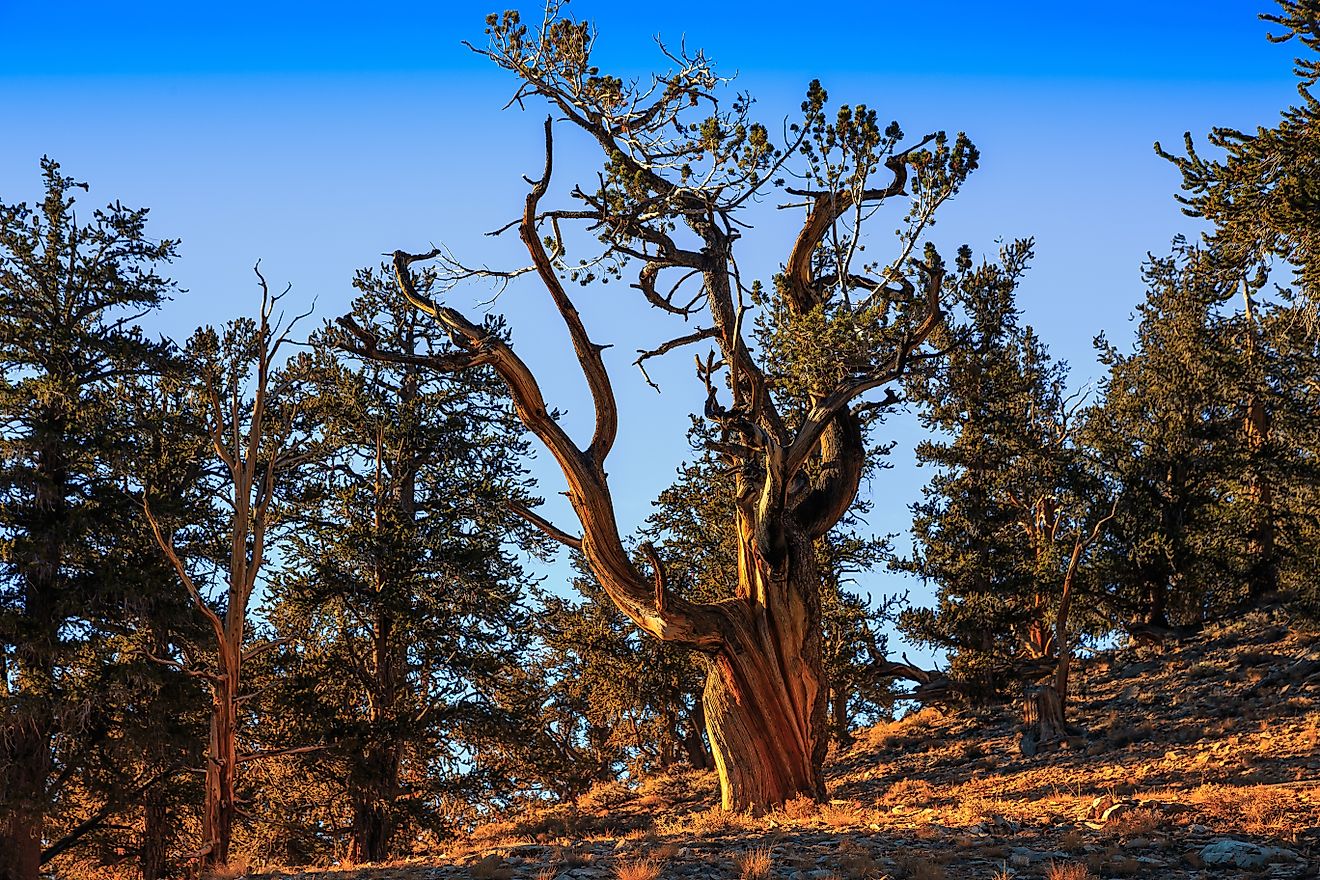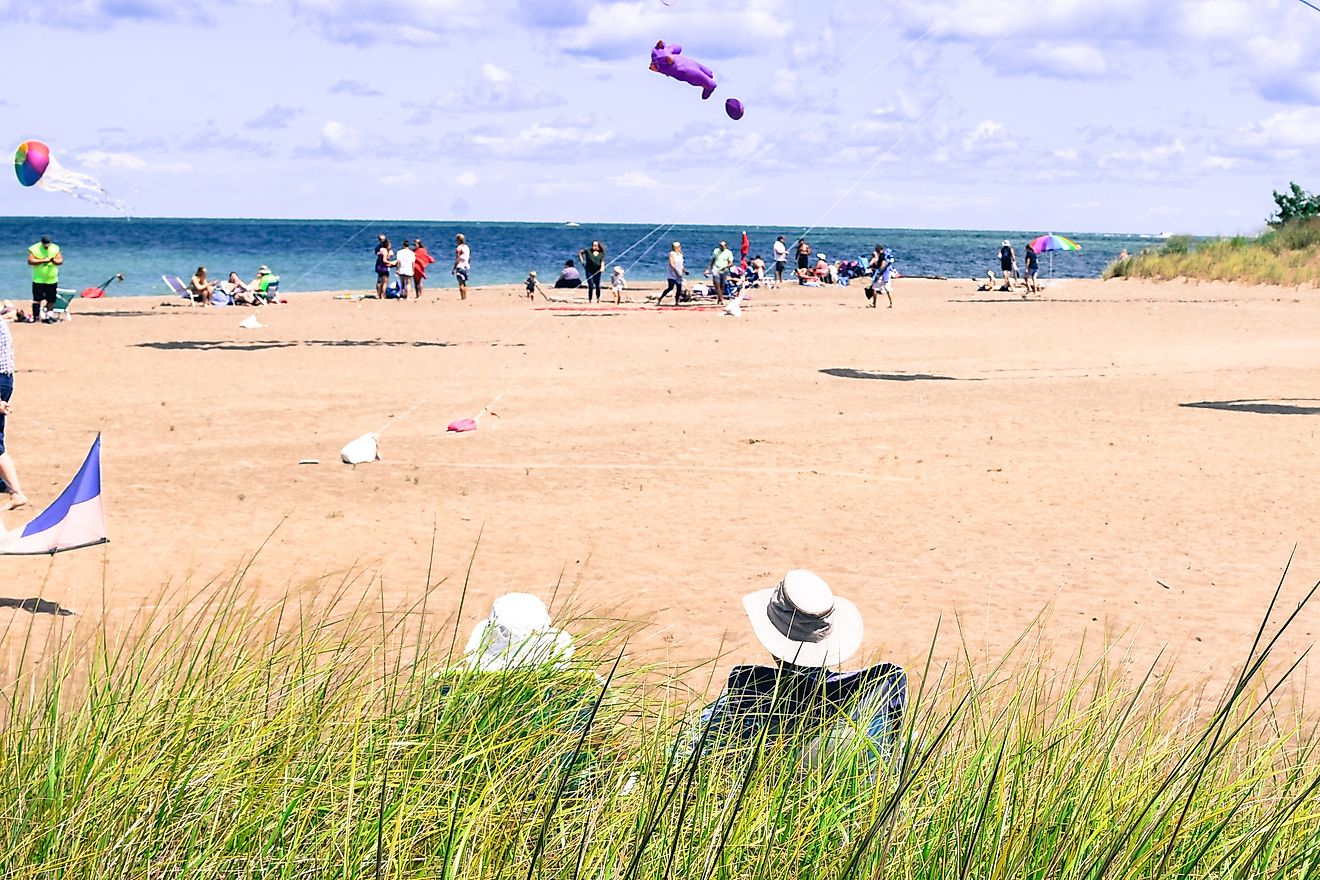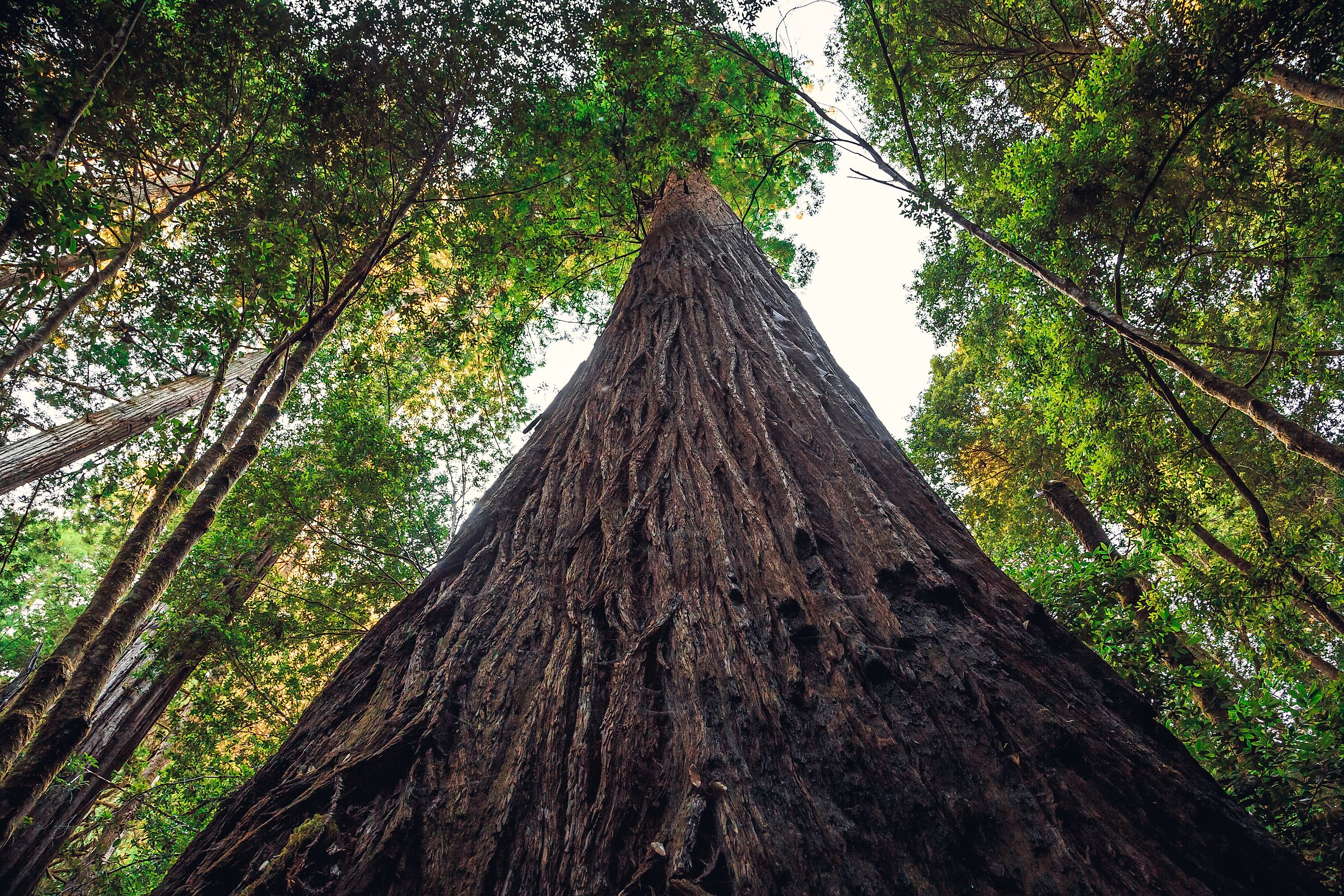
Hyperion: The Tallest Living Tree in The World
Deep within the old-growth forests of Northern California, in a place where fog weaves through the canopy and time seems to stand still, a living giant stretches farther toward the sky than any other tree on Earth. Its name is Hyperion.
Towering at an astonishing 380.8 feet tall, Hyperion is the tallest known living tree in the world. It is a coast redwood (Sequoia sempervirens) located in the remote wilderness of Redwood National Park. Discovered in 2006, Hyperion has since become the subject of fascination for scientists, conservationists, and curious adventurers. But the story of this record-breaking redwood is as much about awe-inspiring scale as it is about preservation.
Discovery in the Wild
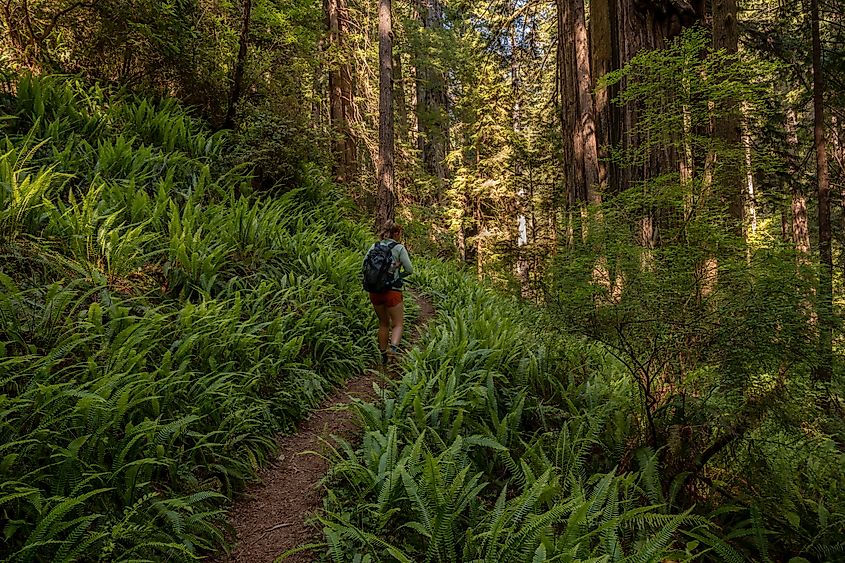
On August 25, 2006, naturalists Chris Atkins and Michael Taylor were hiking through a dense and rugged section of Redwood National Park when they stumbled upon an unusually tall redwood tree. They were no strangers to giant trees, but this one was different. The two men, armed with experience and instinct, suspected they had found something special.
That suspicion was confirmed when Stephen Sillett, a forest ecologist known for pioneering the study of redwoods, climbed the tree and measured it using both a laser range finder and a fiberglass tape. The height was recorded at 379.1 feet — the tallest living tree ever measured at that time. The tree would later be named Hyperion, after the Titan god of heavenly light in Greek mythology.
By 2019, Hyperion had grown another 1.7 feet, reaching a verified height of 380.8 feet. For reference, that is taller than the Statue of Liberty (from base to torch) and nearly as tall as a 38-story building.
Where Giants Still Live
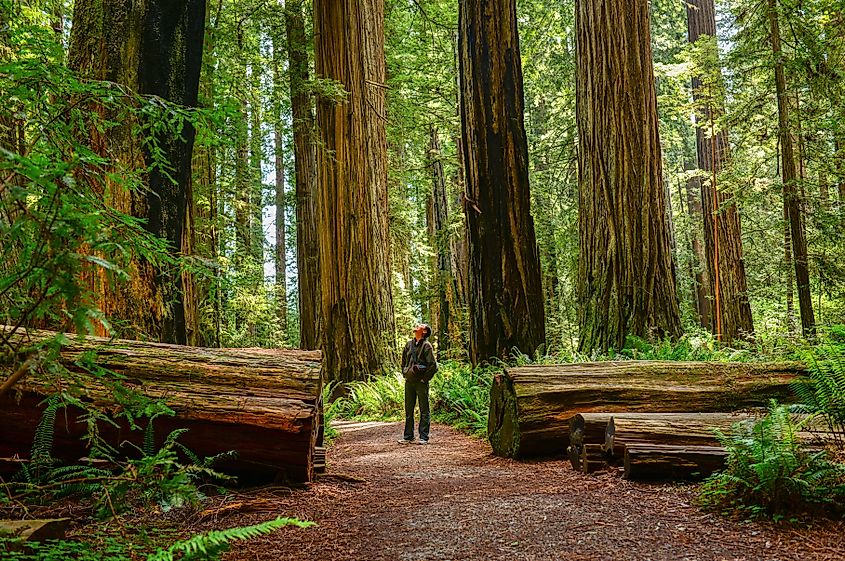
Hyperion grows in Redwood National Park, a UNESCO World Heritage Site and one of the last strongholds of old-growth coast redwoods in the United States. The tree lies within the park’s original 1968 boundaries, but its exact location has never been formally disclosed by the National Park Service.
Despite this, GPS coordinates and detailed hiking instructions were eventually shared online, leading to a rise in foot traffic to the area. Visitors would trek miles through difficult terrain, bushwhacking their way to see the world’s tallest tree in person. Over time, the consequences of this attention became apparent.
Ferns and understory plants that once surrounded Hyperion were trampled by thousands of feet. Soil around the base of the tree became compacted, which can affect the redwood’s root system. The surrounding habitat (a critical part of what allowed Hyperion to thrive for centuries) began to suffer visible degradation.
A Crisis of Popularity
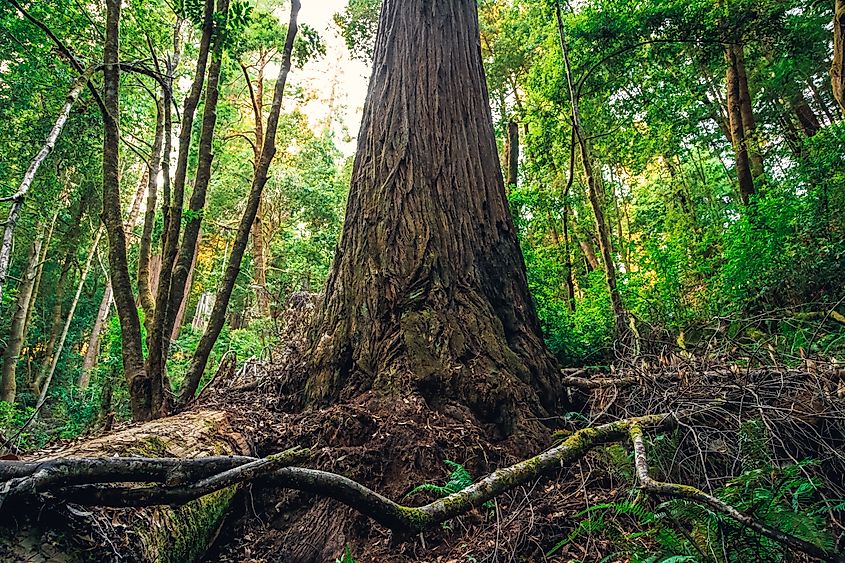
In July 2022, the National Park Service took an extraordinary step. Citing "devastation of the habitat surrounding Hyperion," the park superintendent officially closed the area to the public. It is now illegal to approach the tree.
Violators can face up to six months in jail and fines up to $5,000.
This measure was not taken lightly. The closure reflects a broader concern about the vulnerability of old-growth forests in the age of social media tourism. As images of Hyperion circulated online, the desire to find and photograph the tree became a kind of pilgrimage for some. But that very popularity threatened the long-term health of the tree and its ecosystem.
"We have to balance access with preservation," one park official said. "In this case, the only way to protect Hyperion is to keep people away from it."
What Makes Hyperion So Tall?
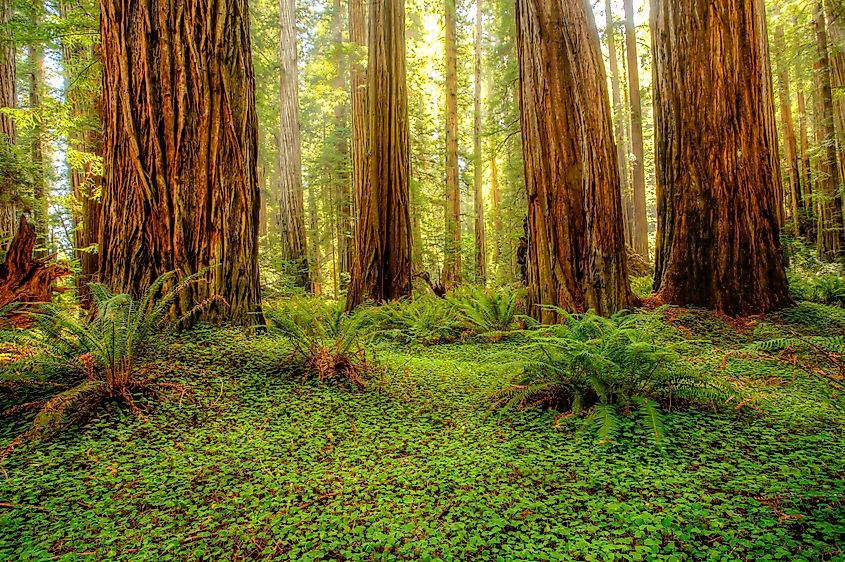
The coast redwood species is the tallest tree species on Earth, and it's no accident that Hyperion stands at the pinnacle. Several key factors contribute to its exceptional height:
-
Climate: The Northern California coast provides an ideal climate for redwoods, including cool temperatures, fog, and ample rainfall.
-
Soil: Rich alluvial soils, formed by centuries of decaying plant material, provide abundant nutrients.
-
Genetics: Hyperion’s DNA likely plays a role, giving it a unique growth potential even among other redwoods.
-
Sheltered Location: Hyperion is protected from strong winds and other elements that can limit height in exposed trees.
Interestingly, Hyperion is not the widest or oldest tree in the forest. Scientists estimate it is between 600 and 800 years old. Ancient, but not as old as some other redwoods, which can live more than 2,000 years. Its trunk contains about 18,600 cubic feet of wood, which is impressive but not record-breaking by volume. What makes Hyperion truly extraordinary is how it has channeled its energy into vertical growth rather than girth.
A Forest of Record-Holders
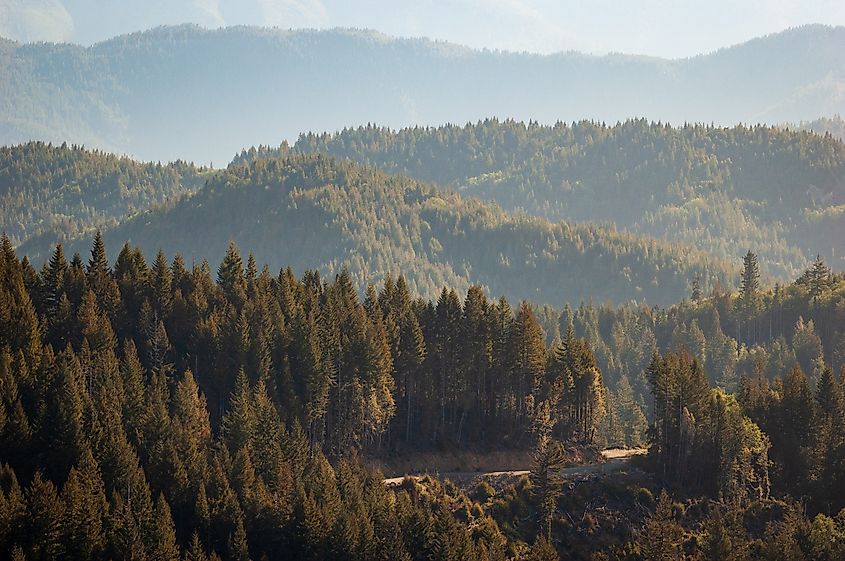
While Hyperion claims the height record, it is far from the only giant in the neighborhood. Redwood National Park is home to several other superlative coast redwoods. As of 2022, the second-, fourth-, and fifth-tallest known trees in the world also grow in this forest. They are named Helios (377 feet), Icarus (371 feet), and Daedalus (363 feet), respectively.
These trees, like Hyperion, thrive in isolated areas rarely visited by humans. Their survival into the 21st century is both a natural miracle and a testament to decades of conservation work.
The Cost of Curiosity
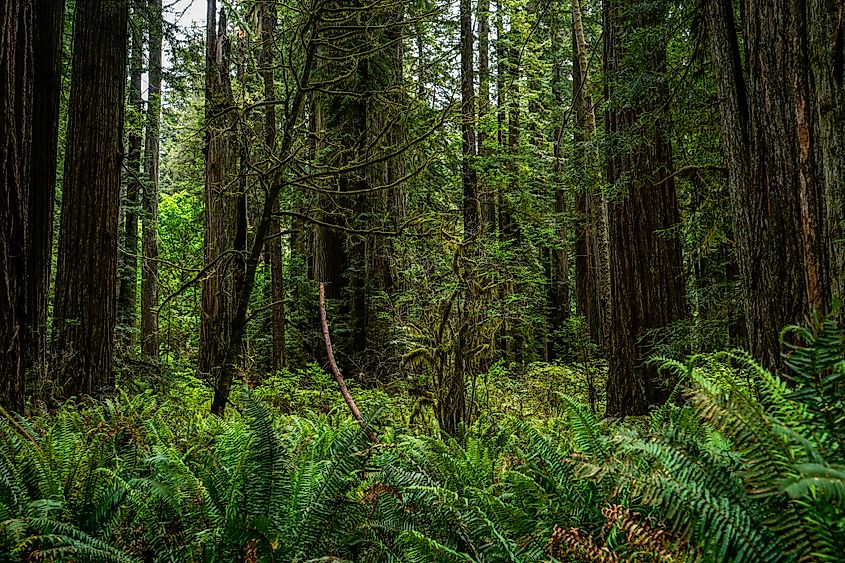
For many years, hikers and tree enthusiasts debated the ethics of visiting Hyperion. On one hand, seeing the tallest tree in the world is undeniably tempting. On the other, the act of finding and photographing it has had real consequences for the tree and its habitat.
The decision to restrict access speaks to a growing awareness in the outdoor community about the environmental impact of travel. As the slogan goes: leave no trace.
Still, there is hope. Other parts of Redwood National and State Parks remain open to visitors, offering awe-inspiring hikes through old-growth forests where one can walk among giants without harming them.
How to Experience the Tallest Trees Without Damaging Them
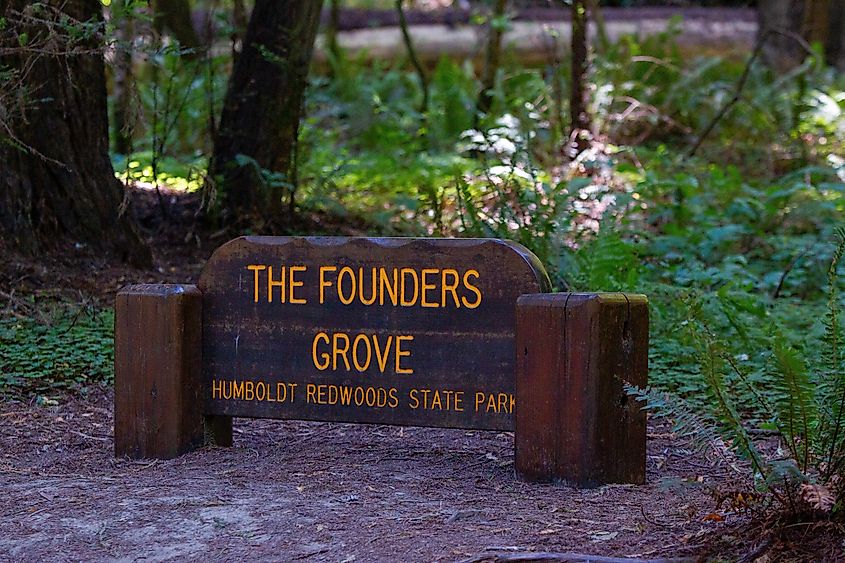
Though you can no longer legally hike to Hyperion, there are plenty of other places in Northern California to marvel at sky-scraping redwoods.
Tall Trees Grove: Located within Redwood National Park, this grove offers a trail that winds through old-growth redwoods, some nearly as tall as Hyperion. A permit is required to visit, which helps manage foot traffic and protect the habitat.
Prairie Creek Redwoods State Park: Home to the famous Newton B. Drury Scenic Parkway, this area provides easy access to ancient trees along well-maintained trails like the Big Tree Loop and Cathedral Trees Trail.
Jedediah Smith Redwoods State Park: Located near Crescent City, this park is known for its lush forest and the Boy Scout Tree Trail, one of the best redwood hikes in the state.
Humboldt Redwoods State Park: Home to the Rockefeller Forest and the Avenue of the Giants, this park features some of the tallest trees ever measured, including former record holders.
All of these areas allow visitors to experience the majesty of redwoods while staying on marked paths and helping preserve the ecosystem for future generations.
The Future of Hyperion
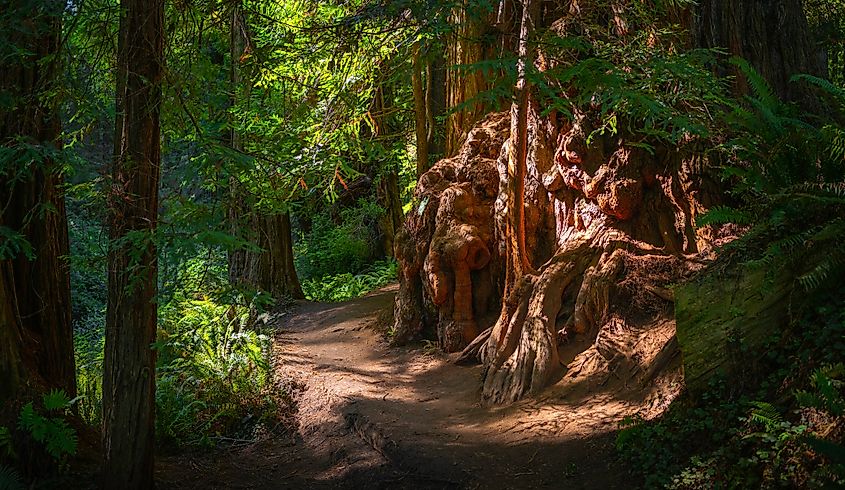
Hyperion’s story is still being written. Its precise height will continue to change over time, as redwoods can grow several inches each year under the right conditions. Whether or not it remains the tallest tree in the world is uncertain. The forest has a way of hiding its giants until the right person comes along with a measuring tape and a bit of luck.
But perhaps Hyperion’s greatest legacy is not its height. Instead, it may be the wake-up call it provided about the delicate balance between discovery and conservation.
We live in an age when every secret is only a click away. But sometimes, the best way to honor nature's greatest wonders is to admire them from a respectful distance.
Fast Facts About Hyperion
| Feature | Detail |
|---|---|
| Tree Name | Hyperion |
| Species | Sequoia sempervirens (Coast redwood) |
| Height | 380.8 feet (as of 2019) |
| Estimated Age | 600 to 800 years |
| Location | Redwood National Park, California |
| Discovered | August 25, 2006 |
| Discoverers | Chris Atkins and Michael Taylor |
| Measured By | Stephen Sillett |
| Volume of Wood | 18,600 cubic feet |
| Public Access | Restricted since July 2022 |
| Penalty for Trespassing | Up to 6 months jail / $5,000 fine |
FAQ
Can I still visit Hyperion?
No. As of 2022, the area around Hyperion is officially closed to the public to protect its habitat.
Why was the area closed?
The habitat around Hyperion was severely damaged by visitors. Ferns and native plants were trampled, and the soil around the tree’s base was compacted.
Is Hyperion the oldest redwood?
No. While Hyperion is between 600 and 800 years old, other coast redwoods are over 2,000 years old.
Where can I see other tall redwoods?
Visit Tall Trees Grove, Prairie Creek Redwoods State Park, or Humboldt Redwoods State Park for stunning examples of ancient redwoods.
Will Hyperion always be the tallest tree?
Not necessarily. Other redwoods could eventually surpass it in height, especially as more trees are discovered and measured.
